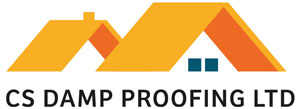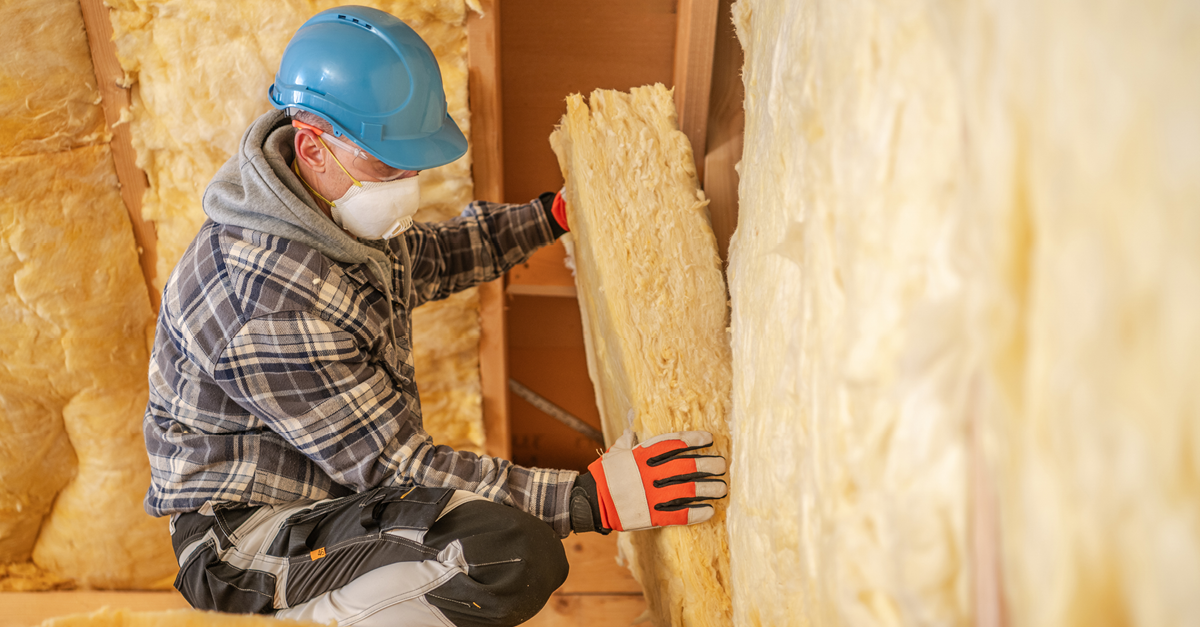Did you know that up to 50% of a building’s heat can escape through its walls?
For homeowners, this means higher energy bills and a less comfortable living space. Insulation is one of the simplest ways to improve energy efficiency, reduce heating costs, and maintain a cosy, consistent indoor temperature year-round.
Without proper insulation, valuable heat is easily lost, leading to increased energy use and a less sustainable household. By slowing the transfer of heat, insulation keeps your property warm in winter and cool in summer. Both internal and external wall insulation methods can dramatically improve your home’s efficiency. Here’s how each option works and what you need to know.
Internal Wall Insulation (IWI)
Internal Wall Insulation involves adding an insulating layer to the inside of external walls to prevent heat loss. It is particularly beneficial for older homes with solid brick or stone walls that lack cavity wall insulation. It’s a great option when external insulation isn’t feasible due to planning restrictions or aesthetic concerns.
How is Internal Wall Insulation Installed?
There are several methods for installing IWI, depending on the home’s structure and insulation requirements.
- Insulated Stud Walls: A new stud frame is built against the existing wall and filled with materials like mineral wool or rigid foam.
- Insulated Plasterboard: Also called thermal boarding, this involves fixing insulated plasterboard directly to internal walls.
- Spray Foam or Blown-In Insulation: This method is less common, but it’s helpful in filling gaps and creating an effective thermal barrier.
Internal insulation can also be combined with damp-proofing measures to prevent moisture-related issues and improve thermal performance.
Key Considerations & Costs
For the best results, internal wall insulation should be at least 60mm thick, with 100mm being ideal where space allows. Thicker insulation provides better heat retention, but homeowners should consider the slight reduction in room space.
The cost of internal insulation varies based on:
- Type of insulation material
- Number of rooms insulated
- Labour and installation costs
- Additional modifications (e.g., electrical work, redecorating)
Despite the upfront investment, long-term energy savings make IWI a cost-effective choice. Contact us for an accurate quote tailored to your home.
Benefits of Internal Wall Insulation
Beyond improving energy efficiency and lowering heating bills, internal wall insulation offers additional benefits:
- Lower heating bills by reducing heat loss.
- Improved comfort with stable indoor temperatures.
- Noise reduction due to added soundproofing.
- Damp protection when combined with damp-proofing.
- Increased property value with enhanced energy efficiency.
Please note: At CS Damp Proofing, we specialise exclusively in internal wall insulation. In most cases, this is the most practical and effective solution for our customers, especially in older properties or where external changes aren’t suitable. While we don’t offer cavity wall or external insulation, we’re happy to advise you on those options if needed and help you decide on the best approach for your home.
External Wall Insulation (EWI)
EWI involves applying insulation materials to the outside of a building and covering them with a protective render or cladding. This method is particularly beneficial for properties with solid walls and provides a comprehensive insulation solution.
Key Considerations & Costs
Planning permission may be required for external wall insulation (EWI), particularly for listed buildings or homes in conservation areas, so it’s essential to check local regulations. The price of external wall insulation depends on the property size, wall condition, and material choices. While EWI is generally more expensive than internal insulation, it has the added advantage of providing full-home coverage.
Benefits of External Wall Insulation
Like internal wall insulation, EWI reduces heat loss, lowers energy bills, and improves home comfort. It also provides added benefits, such as:
- Enhanced weather protection extends the building’s lifespan.
- No loss of internal space, unlike IWI.
- Improves home exterior and increases value.
- Minimal disruption since installation is external.
Choosing the Right Insulation for Your Home
The choice between internal and external insulation depends on your property’s structure, budget, and personal preferences. IWI is often more affordable and easier to install in individual rooms, while EWI offers comprehensive coverage and added weather protection.
Regardless of the method chosen, investing in insulation is a step towards a more energy-efficient and cost-effective home.
Other Common Types of Insulation
Beyond wall insulation, other effective insulation methods include floor insulation, loft insulation, and draughtproofing.
- Floor Insulation: Prevents heat loss by filling cavity spaces in concrete or timber floors with insulating materials.
- Loft Insulation: Reduces heat loss by insulating between joists or adding flooring with insulation for storage areas.
- Draught Proofing: Seals gaps in masonry, windows, and doors and adds seals to letterboxes and chimneys to prevent heat escape.
How Can CS Damp Proofing Help?
CS Damp Proofing provides expert guidance and professional insulation installation. Contact us today to explore your options and enhance your home’s energy efficiency and comfort.

